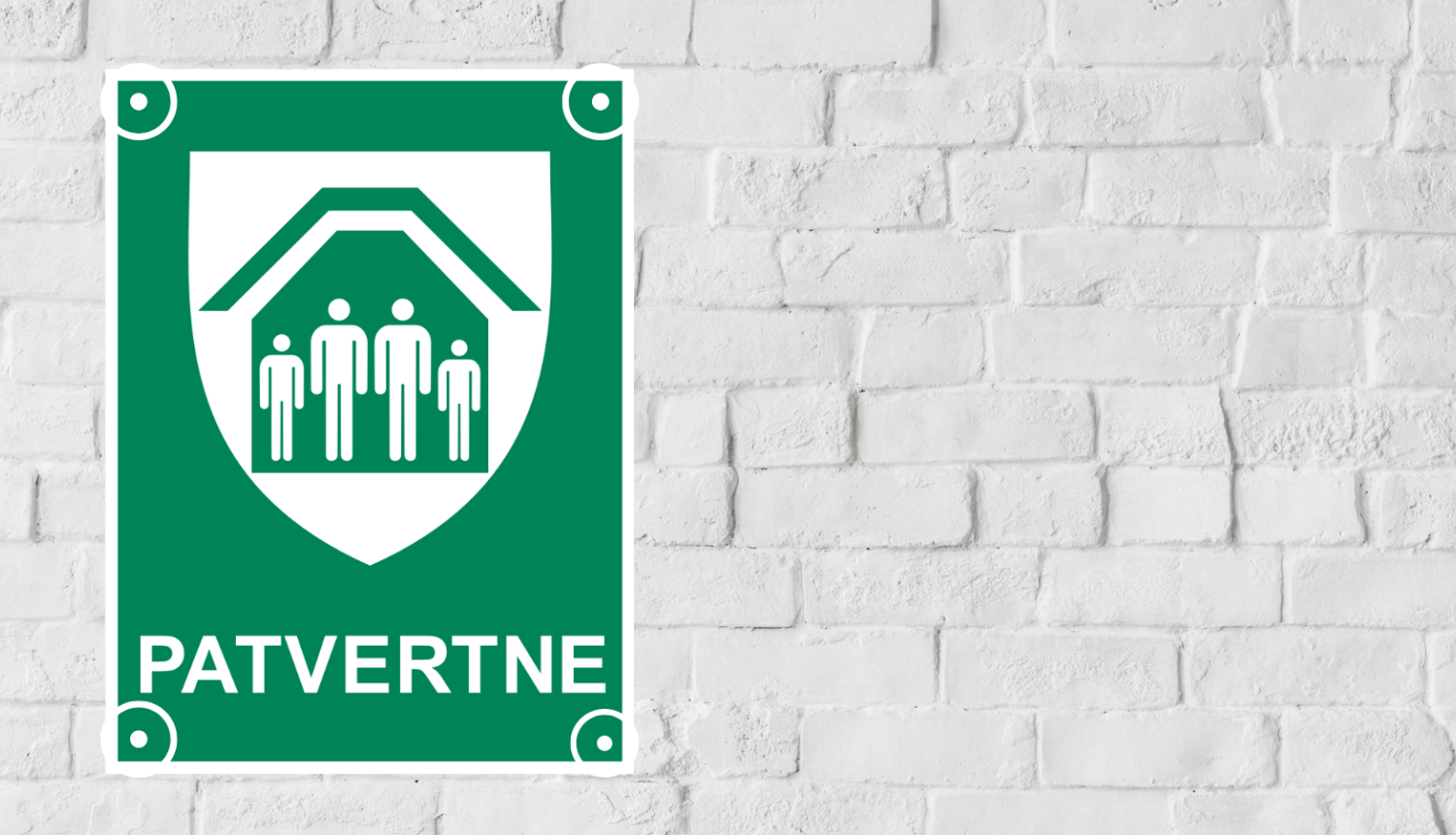Translated using ChatGPT service.
In accordance with amendments to the Civil Protection and Disaster Management Law, the Ministry of Economics (MoE) has developed a new regulatory framework — “Shelter Construction Standard LBN 210-25”, which was adopted by the government on Tuesday, July 22.
The amendments to the Civil Protection and Disaster Management Law entered into force on July 3 of this year and include shelter requirements divided into three categories. Since shelters were previously unregulated in Latvian legislation, a new regulatory framework had to be created to govern their construction.
"This construction standard is a significant step toward strengthening national internal security. We have created a clear and practical regulatory framework that will enable the construction of buildings with real protective capabilities in crisis situations. It is an investment in the safety of our people and the resilience of society," emphasized Minister of Economics Viktors Valainis.
Shelters are categorized into three levels, and the new standard outlines their construction as follows:
-
Category I — shelters designed to protect against blast waves, chemical warfare agents, ionizing radiation, radioactive dust, and shrapnel. These shelters must be constructed in newly built critical infrastructure facilities of category A and B, where personnel are intended to be permanently present.
-
Category II — shelters designed to protect against blast waves and shrapnel. These are required in new residential buildings with more than five above-ground floors, as well as in preschools, primary schools, secondary schools, vocational education institutions, universities, inpatient medical institutions, and other public buildings with a total floor area of at least 2,500 square meters.
-
Category III — shelters created by adapting parts of existing structures to reduce the impact of blast waves and shrapnel. These may include basement rooms or other areas adapted in accordance with guidelines issued by the Ministry of the Interior and the State Fire and Rescue Service. The new construction standard does not apply to these shelters.
The new standard sets minimum technical requirements for shelter design, which are grouped according to their intended level of protection. These include:
-
General requirements: minimum floor area, ceiling height, door width, emergency exits, ventilation, water supply points, etc.
-
Protection from blast waves and shrapnel: additional load-bearing, pressure, and impact resistance requirements for external structural elements, exit coverings, doors, and door frames.
-
Protection from chemical warfare agents, ionizing radiation, and radioactive dust: including requirements for first aid rooms, entry airlock chambers, and more.
The requirement to construct shelters applies only to new buildings specified in the law and will enter into force on January 1, 2027. Construction plans submitted to building authorities before December 31, 2026, will not be subject to shelter construction requirements. However, the regulatory framework does not prohibit voluntary compliance with the standard and shelter construction already now.
As the new standard establishes minimum technical requirements for shelters and will require new design solutions in construction planning, it will lead to additional costs. For example, in the case of a five-story building, structural costs could increase by around 10%. Other participants in the construction process will not incur additional costs due to the regulatory changes.
The shelter construction standard was developed based on Finland’s experience, in close cooperation with the Latvian Association of Structural Engineers, the Latvian Association of Civil Engineers, and the Real Estate Developers Alliance.



